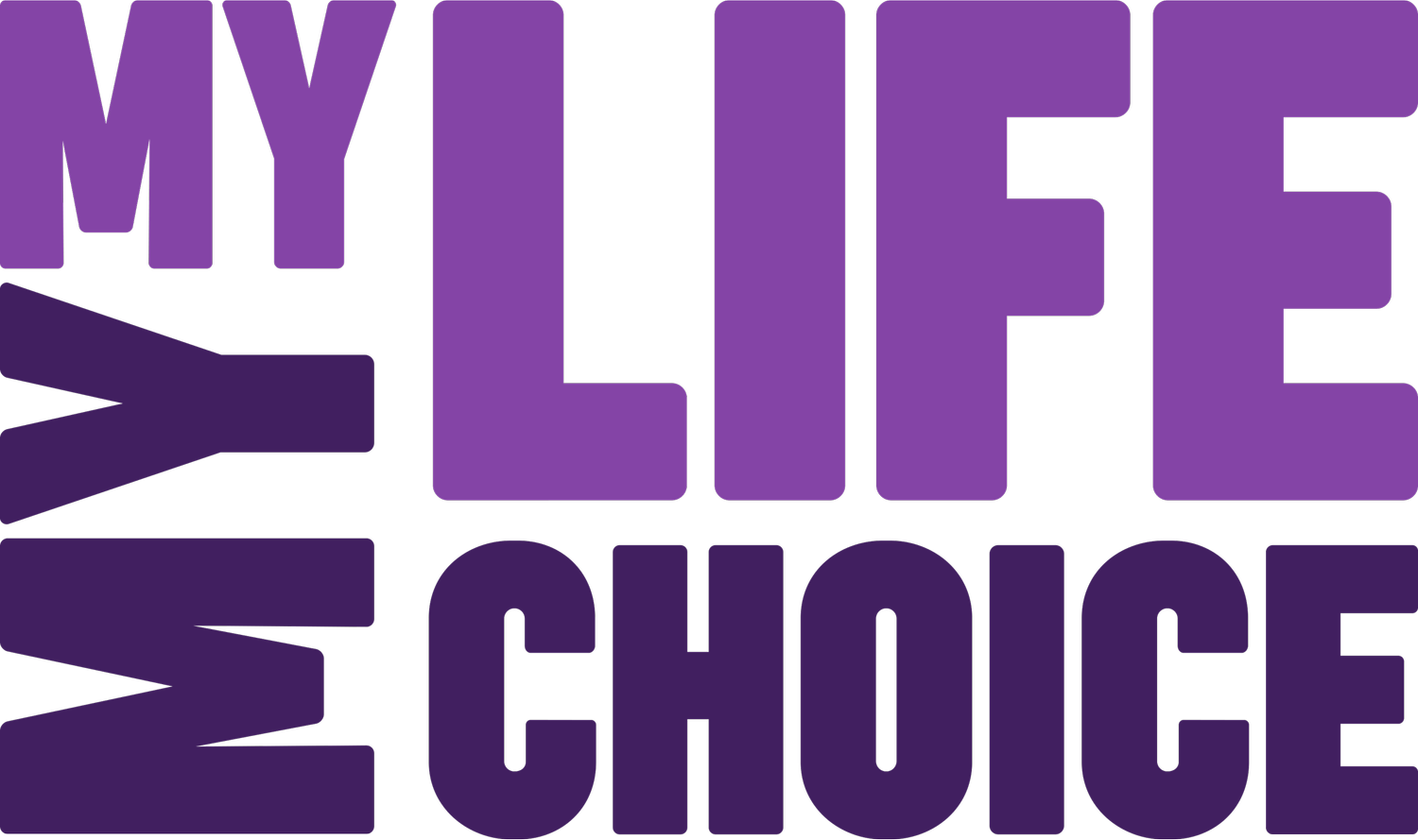Our Transformative Prevention Solution Fellowship Moves Into Its Second Year
By Kyle Mushkin, LICSW, MPH
As we pass the one-year mark of living in a global pandemic that will impact our lives and the lives of the youth we serve for years to come, the need for preventing the commercial sexual exploitation of children (CSEC) has never been more urgent.
The unexpected challenges of the past year have demanded creative solutions. The pandemic has disrupted countless aspects of society, resulting in perseverance and innovation, often on a grassroots level, that once seemed impossible. Approaches to preventing human trafficking are no exception. Incidence of trafficking has increased dramatically since March of 2020, as the world moved online, isolation increased, and mental health declined. This situation has created an environment where youth who were most vulnerable to exploitation before the pandemic – those in the child welfare system, those who have experienced sexual abuse, BIPOC youth, and youth in poverty – have only experienced additional vulnerability, as have youth living with fewer traditional risk factors. At My Life My Choice, we consistently address the growing problem of CSEC with proven methods of prevention. Before, during, and moving forward through the pandemic, we have collaborated closely with those on the front lines of youth service to apply expertise and prevent CSEC among the most vulnerable youth in the United States.
We are thrilled to announce that we are currently accepting applications for the second year of the My Life My Choice Prevention Solution Fellowship. Beginning July 1, 2021, five congregate care programs from across the country will engage in comprehensive training, consultation, and partnership in implementing our groundbreaking Prevention Solution Model of preventing CSEC.
The My Life My Choice Prevention Solution Model is a tiered approach designed to shift attitudes, knowledge, and skills, backed by research that demonstrates its success in preventing CSEC among youth at the highest risk of exploitation, using the 10-session My Life My Choice Exploitation Prevention Curriculum. By educating youth at disproportionate risk of exploitation, as well as training the individuals and organizations who serve them, up through advocacy within the systems that shape organizations’ responses to the issue, the Prevention Solution Model provides a comprehensive, effective method of preventing CSEC among adolescents.
The first year of the Fellowship, currently in progress, has connected Valley Youth House in Pennsylvania, Carolina Youth Development Center in South Carolina, Youthworks in North Dakota, Northland Family Help Center in Arizona, and Rising Light in Oregon, providing training and consultation for staff at all levels in implementing the Prevention Solution Model. These five great programs serve populations at extremely high risk for CSEC: BIPOC and immigrant youth, Canadian and Mexican border-adjacent, rural youth, and those living on both the east and west coasts, where coastal interstate highways have long been avenues for human trafficking. We are honored to collaborate with these organizations, to learn from them, and to be able to share our own expertise to build their knowledge and effectively prevent CSEC among the youth they serve.
We have truly valued collaborating with our current cohort of Fellowship Partners to prevent the risk of CSEC among the youth that these programs serve. Ken Klein, Vice President of Northeast Housing and Emergency Services at Valley Youth House, recently spoke of his organization’s experience implementing the Prevention Solution Model, saying, “Having a consistent evidence-based model has raised awareness of CSEC within the agency. We needed a way to address prevention, not just assessment and treatment, and it gave us a framework to really talk about the youth we were serving and the issues we're seeing. Having a model that goes from prevention to intervention is a comprehensive way to look at youth affected by CSEC."
Once again, the Prevention Solution Fellowship is funded through a generous grant by the Sue Hostetler and Beau Wrigley Family Foundation, allowing for extensive training and consultation to be provided to Fellowship awardees at no cost to them. Five congregate care organizations serving female-identified adolescent youth will be selected to join the second Fellowship cohort through a rigorous three-step application process. Over the course of 12 months, these organizations will gain invaluable skills and tools for effective CSEC prevention, engaging in multilevel staff training, survivor leadership and other networking opportunities, and ongoing consultation designed to facilitate long-term sustainability of the Prevention Solution Model. Further, as congregate care facilities across the country work to comply with the Family First Prevention Services Act, creating quality residential programming focused on preventing the exploitation of youth, the Prevention Solution Model is a well-researched method with proven results.
Fellowship applicants must demonstrate their existing dedication to fighting CSEC in their programs, as well as a commitment to sustaining the practices, policies, and CSEC prevention programming of the Prevention Solution Model beyond the Fellowship period. We encourage all interested congregate care organizations serving female youth age 12-18 to apply, from any
location in the United States outside of Massachusetts. The first round of the application process will be open until Friday, April 9th, 2021.
For more information click here. To apply click here.
Please email Kyle Mushkin, Director of Prevention, at kmushkin@jri.org with any questions.
